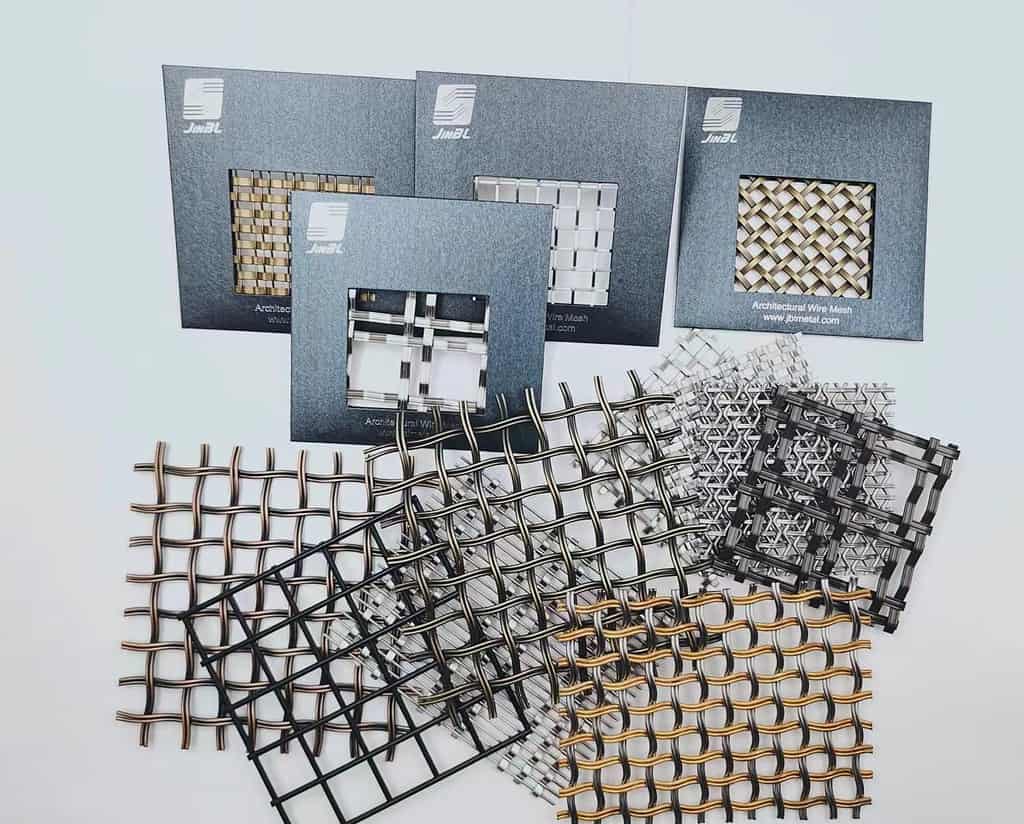Facades and Cladding.
One of the most popular applications of architectural mesh in construction is for facades and cladding. Mesh can be used as a decorative element to add texture and depth to a building's exterior, or it can be used as a functional element to provide shading and ventilation. Mesh facades can also be used to create privacy screens or to enhance the security of a building. With a wide range of mesh patterns and materials available, architects and designers have endless possibilities to create unique and visually stunning facades.

Sunshades and Solar Control.
Another popular application of architectural mesh in construction is for sunshades and solar control. Mesh can be used to create shading devices that reduce the amount of direct sunlight entering a building, which can help to reduce energy costs and improve indoor comfort. Mesh sunshades can also be used to create visually interesting patterns and designs on a building's exterior. Additionally, mesh can be used as a material for solar panels, providing a sustainable and aesthetically pleasing solution for energy generation.

Balustrades and Handrails.
Architectural mesh is also commonly used for balustrades and handrails in construction. The mesh can be woven into a variety of patterns and designs, providing both safety and aesthetic appeal. Mesh balustrades and handrails are often used in modern and contemporary buildings, as they offer a sleek and minimalist look. Additionally, mesh is a durable and low-maintenance material, making it a practical choice for high-traffic areas.

Interior Design and Space Dividers.
Architectural mesh is not just limited to exterior applications in construction. It can also be used for interior design and space dividers. Mesh partitions can be used to create separate areas within a larger space, such as in offices or restaurants. The mesh allows for natural light and air flow, while still providing privacy and separation. Additionally, mesh can be used as decorative elements in interior design, such as for wall coverings or ceiling panels. The versatility of architectural mesh makes it a popular choice for designers and architects looking to add both functionality and style to their projects.

Acoustic Control and Noise Reduction.
One of the lesser-known applications of architectural mesh in construction is its ability to provide acoustic control and noise reduction. Mesh panels can be used as sound barriers in areas where noise pollution is a concern, such as near highways or airports. The mesh allows for sound waves to pass through, but also absorbs and diffuses them, reducing the overall noise level. Additionally, mesh can be used as decorative acoustic panels in interior spaces, providing both aesthetic appeal and sound absorption. This makes architectural mesh a valuable tool for creating comfortable and functional environments in a variety of settings.








